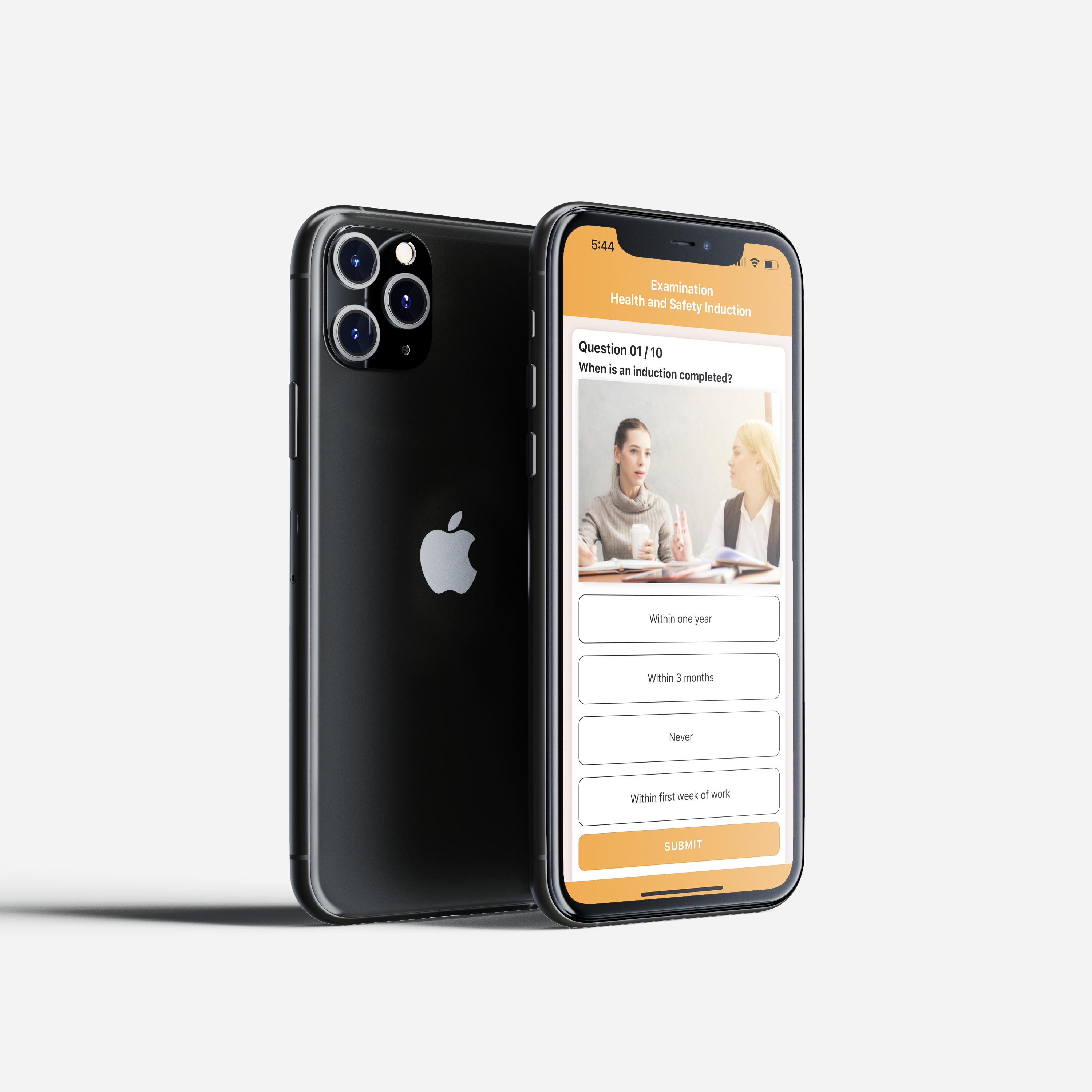
Risk Assessment Unleashed: Empowering Businesses with Our Cutting-Edge Software
Effectively managing risks is crucial for the success and sustainability of any organisation. Recognising this
Health and Safety Software » Learning and Development » Lone Worker Training and Monitoring

From home-based entrepreneurs and delivery personnel to healthcare professionals conducting home visits and security guards patrolling isolated areas, lone workers play a vital role in driving productivity and ensuring service delivery. However, working alone involves inherent risks, making safety training and monitoring essential components of an effective lone worker management strategy.
Understanding the Need for Safety Training and Monitoring
Lone workers face challenges that heighten their vulnerability to workplace hazards and incidents. These challenges include:
Implementing Effective Safety Training and Monitoring Strategies
To effectively safeguard lone workers, organisations should implement a comprehensive safety training and monitoring program that encompasses:
Comprehensive Safety Training:
Real-Time Monitoring and Communication:
Emergency Response Procedures:
Ongoing Safety Audits and Assessments:
Fostering a Culture of Safety:
Lone worker safety training and monitoring are essential components of a comprehensive occupational health and safety management system. By providing comprehensive safety training, implementing real-time monitoring solutions, establishing clear emergency response procedures, conducting regular safety audits, and fostering a safety culture, employers can effectively safeguard their lone workers and ensure their overall well-being.
The iProtectU health and safety software provides:
Arrange your demonstration
Let us show you how we can transform your compliance management
Choose a date and time for your demo (no obligation) and we will be in touch.

Effectively managing risks is crucial for the success and sustainability of any organisation. Recognising this

Artisan Environmental recently marked two decades of delivering specialist asbestos consultancy, inspection and health &

iCertifyU is an App which provides free eLearning for everyone, whether you are an employee,

According to recent research, almost half of UK tradespeople view asbestos as a problem of

31st October 2025 represents the deadline for organisations to transition their Information Security Management System

According to a recent head protection survey, only 15% of workers who should be wearing